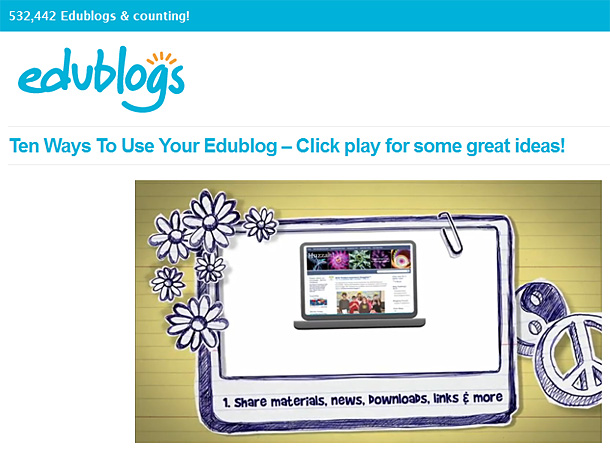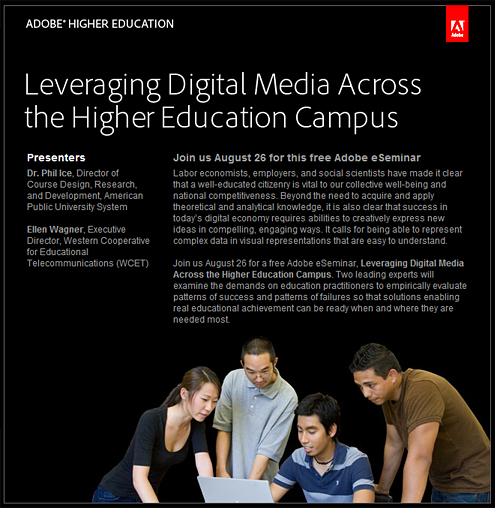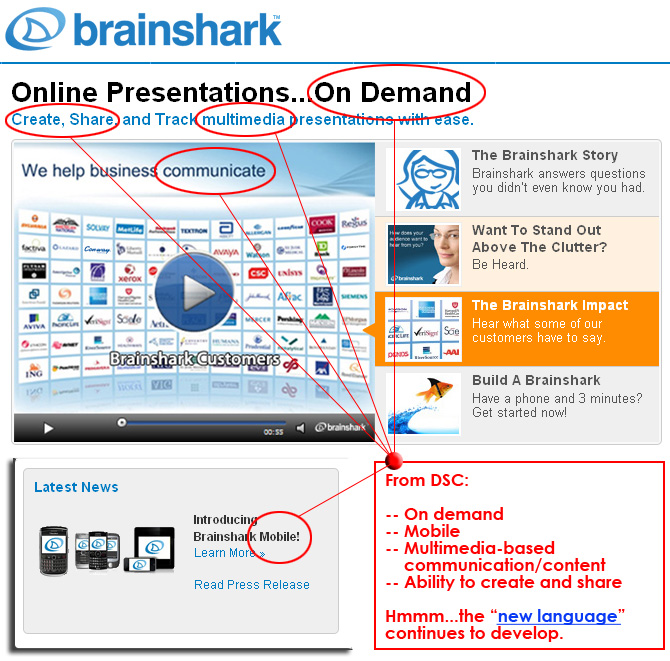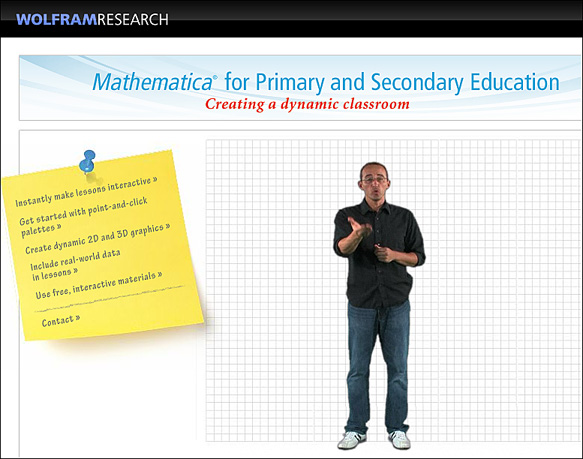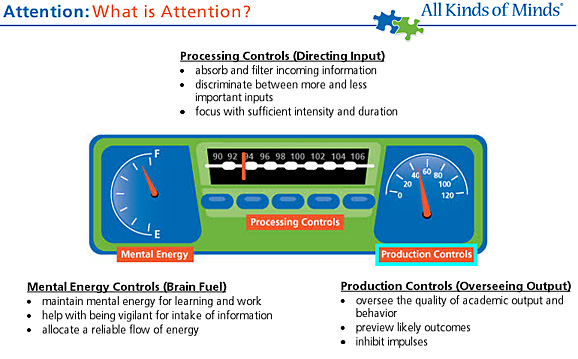Alan November: The Emerging Culture of Teaching and Learning — from Iowa Public Television
9 ways to customize learning experiences – from Faculty Focus
Good Teaching: The Top 10 Requirements — from Faculty Focus by Richard W. Leblanc
Digital storytelling brings a human connection to online education — from Faculty Focus by Deborah A. Raines
Once upon a time people told stories to share experiences and to teach. With the growing popularity of distance learning modalities educators have been searching for ways to enhance social presence and reflective thinking in the online learning experience. The use of digital storytelling might be a strategy to bring human thought and emotion into online education.
Since pre-historic times, storytelling has been a form of education and social connection. Storytelling allows persons to project their personal characteristics and to present themselves as real people to other participants. The process of creating a story is a mental process which challenges the learner to use critical thinking processes to examine information, question its validity and draw conclusions.
Digital storytelling is the art of telling stories with digital multimedia to share a reflective narrative. Through effective use of perspective, drama, emotion, context and sound, digital storytelling helps people to connect, explore and understand. Digital storytelling can provide a creative ingredient to make the online learning process engaging and can lead to deeper learning (Sharad, 2010).
Digital storytelling presents learners with a challenge to write, understand and communicate in a collaborative, persuasive, accurate and entertaining manner. The steps in creating a digital story as a teaching-learning activity are:
Teaching with Digital Video — from ISTE by Lynn Bell and Dr. Glen L. Bull
With digital video, your students can:
Watch a demonstration of the speed of sound
Analyze classmates’ poetry performances
Create videos that document cultural differences
And the best part is that it’s engaging. Your students are most likely already watching, creating, uploading, and sharing digital video in their spare time, so why not incorporate this tool they already enjoy in the classroom?
Bull and Bell bring together lesson plans, ideas, and resources aligned with the National Educational Technology Standards (NETS) and content-area standards so that you can use digital video in the classroom effectively. The book also includes information on acquiring, creating, and communicating with digital video.
Learn more about this book and topic: listen to an interview with the editors Glen L. Bull and Lynn Bell on ISTE Casts.
Also relevant here:
- Pennsylvania establishes first statewide Digital Learning Library — from eSchoolNew.com by Meris Stansbury
Pa. partners with PBS, Penn State University to give educators free access to standards-aligned digital media content
Southern Regional Education Board.
http://publications.sreb.org/2006/06T06_Checklist_for_Evaluating-Online-Courses.pdf
The online course evaluation project (OCEP) criteria. Monterey Institute for Technology and Education.
http://alt.usg.edu/collaborative/templates/OnlineCourseEvaluationRubric.pdf
http://www.montereyinstitute.org/pdf/OCEP%20Evaluation%20Categories.pdf
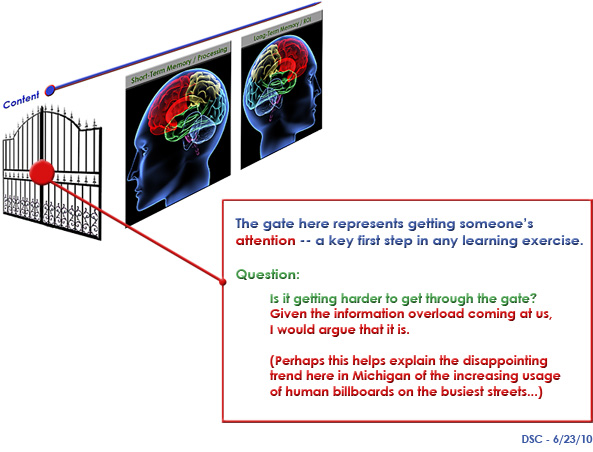
Also relevant here is the following graphic from All Kinds of of Minds’ e-learning module on attention
…
Differentiating learning by ‘learning style’ might not be so wise — from Clayton Christensen
First, some quotes from Clayton:
A study commissioned by Psychological Science in the Public Interest called “Learning Styles: Concepts and Evidence,” by Harold Pashler, Mark McDaniel, Doug Rohrer, and Robert Bjork, finds convincingly that, at this point, there is no evidence that teaching to different learning styles—specifically meaning to a student’s apparent preferred modality such as visual or auditory—works. The authors therefore conclude that using scarce school funds toward doing just this doesn’t make sense.
Of course, there appears to still be some disagreement. According to a March 25, 2009 article in The Journal of Neuroscience titled “The Neural Correlates of Visual and Verbal Cognitive Styles” by David J.M. Kraemer, Lauren M. Rosenberg, and Sharon L. Thompson-Schill, there is some evidence that teaching by learning style could make a difference.
Moving outside of this particular debate, this doesn’t change the fundamental point that people learn differently. People don’t disagree with this. There is clear evidence that that people learn at different paces. Some people understand a concept quickly. Others struggle with it for some time before they understand it. We know that explaining a concept one way works well for some people, and explaining it another way works for others whereas it baffles the first group. We also know that this can differ from person to person depending on subject area. One of the key reasons online learning seems to be better on average than face-to-face learning is because time can become variable in an online learning environment so that students can repeat units and lectures until they master a concept and only then move on to the next concept.
From DSC:
What’s the best way(s) to apply all of this? What makes the most sense in how we operationalize the delivery of our content? In my studies on instructional design, there are so many theories and so much disagreement as to how people learn. If you ask for consensus, you won’t get it. So my conclusion is this:
Provide the same content in as many different ways as you possibly can afford to provide. Let the students choose which item(s) work best for them and connect with them. If one way doesn’t connect, perhaps another one will.
Also…yes, we can probably all learn from just text if we have to. But was learning fun that way? Was it engaging? Was it the most effective it could have been? Was learning maximized for the long-haul? Would it have been helpful to see the same content in a graphic, simulation, animation, or in a video?









